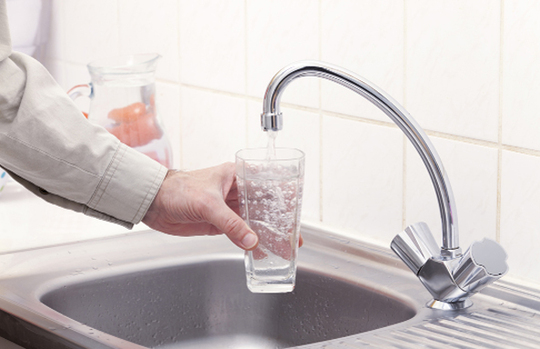Report details Dublin water quality
Dublin People 24 Mar 2012
DRINKING water
quality in Dublin City has improved in one category but deteriorated slightly
in another according to a report issued recently by the Environmental
Protection Agency (EPA).
The report
analysed the safety and security of drinking water supplies in Ireland for the
year 2010 and drinking water in Dublin was assessed by analysing a number of
parameters.
Experts say
that microbiological parameters are the most important factor in terms of human
health as they can indicate a potential risk – in particular E. coli which
indicates that human or animal waste has entered a water supply.
Chemical
parameters are also important as long term exposure can cause a potential risk
to human health.
The good news
is that the report shows that drinking water in Dublin achieved 100 per cent
compliance with microbiological parameters which is an increase compared with
99.9 per cent in 2009.
However,
compliance with chemical limits was 99.7 per cent, which is a slight decrease
in quality compared with 99.8 per cent in 2009.
Programme
Manager at the EPA Office of Environmental Enforcement, Mr Gerard O’Leary, said
the report provides a snapshot of the quality of Irish drinking water and the
outcomes of the EPA’s enforcement work.
“This report
also compares the quality of drinking water in Ireland with other EU Member
States and the 2010 report shows that for the first time, large public water
supplies in Ireland show similar compliance levels to similar supplies in
England, Wales, and the Netherlands.
?
The latest
report is EPA’s fourth on drinking water quality since new regulations were
introduced in 2007 to provide a greater level of consumer protection.
Local
authorities are required to notify the EPA of any failure to meet the
microbiological and chemical standards or where there is a potential danger to
human health.
The EPA is then
responsible for ensuring that the cause of the failure is investigated and that
appropriate action is taken by the local authority to correct the problem.
“We work using
a risk based approach that focuses on areas and issues that present the
greatest risk to health, such as contamination with E. coli and
Cryptosporidium,
? said Manager of EPA’s Office of Environmental Enforcement,
Leo Sweeney.
“A remedial
action list (RAL) of public water supplies was prepared by the EPA in 2008.
This list focuses attention on resolving any deficiencies in public water
supplies and to ensure that local authorities prepare and implement an action
programme for each public water supply on the list.
“Since 2008, 49
per cent (166) of supplies on the original RAL have been removed as the
necessary remedial actions have been completed.
?
The report entitled
‘The Provision and Quality of Drinking Water in Ireland, A Report for the year
2010’ is available on the EPA website at www.epa.ie. It contains summary
reports for all local authorities.











